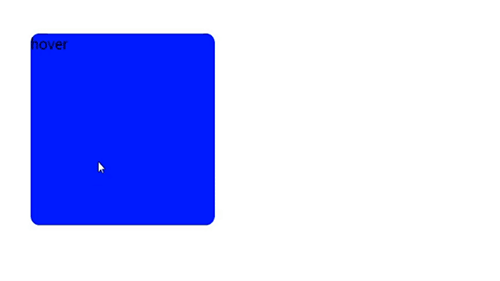<div class="outer">
<div class="inner-left"></div>
<div class="inner-right"></div>
</div>
CSS:
.outer {
width: 100px;
border: solid 5px #000;
}
.inner-left {
float: left;
height: 200px;
width: 50px;
background: #f00;
}
.inner-right {
float: right;
height: 200px;
width: 50px;
background: #0f0;
}
基本上,我想知道为什么溢出:隐藏导致外部元素在高度上增长,包含两个浮动元素?
解决方法
创建新的块格式化上下文的框定义为stretch to contain their floats by height,如果它们自己没有指定的高度,默认为auto(规范称这些框为块格式化上下文根):
10.6.7 ‘Auto’ heights for block formatting context roots
In certain cases (see,e.g.,sections 10.6.4 and 10.6.6 above),the height of an element that establishes a block formatting context is computed as follows:
[…]
In addition,if the element has any floating descendants whose bottom margin edge is below the element’s bottom content edge,then the height is increased to include those edges. Only floats that participate in this block formatting context are taken into account,floats inside absolutely positioned descendants or other floats are not.
在原始CSS2规范中并非如此,但是作为CSS2.1的一个改变,引入了另一个(而且更为迫切的)问题。 This answer提供了更改的说明。因此,尽管这些变化是非常有意义的,但似乎很容易称之为副作用。
还要注意,这不是清理浮动(清除)一样的事情。只有当您使用清除属性并且有以前的浮动才能被清除时才会清除浮动:
>如果你有一个清楚的元素:这两个都是你的例子中外部元素的兄弟,浮动将被清除,但外部元素不会拉伸。>如果你有一个与外部元素的最后一个子元素(或伪元素)相似的元素(或伪元素)(使其成为浮点的下一个兄弟节点),则外部元素将向下延伸以包含该元素的底部边缘,并且对于零高度元件,其基本上是指浮子的最底边缘。该技术被称为“clearfix”,因为元素(或伪元素)没有其他目的,而不是强制外部元素通过其中的间隙来包含浮点。






